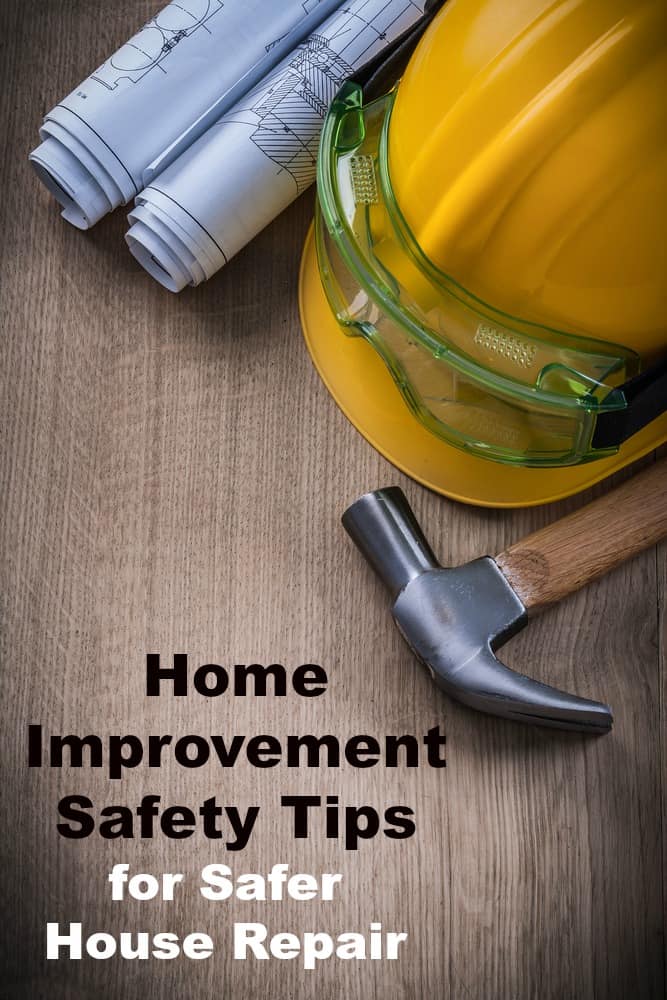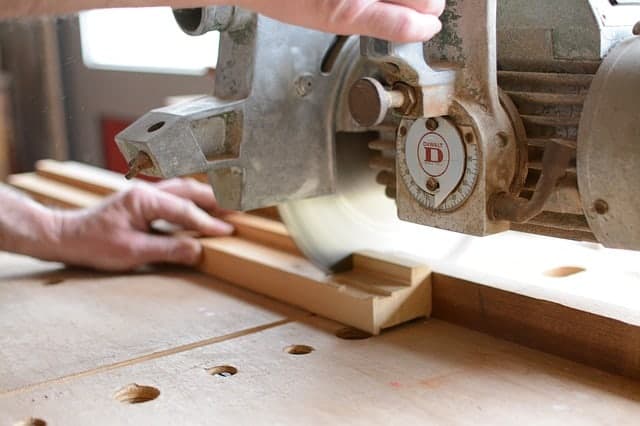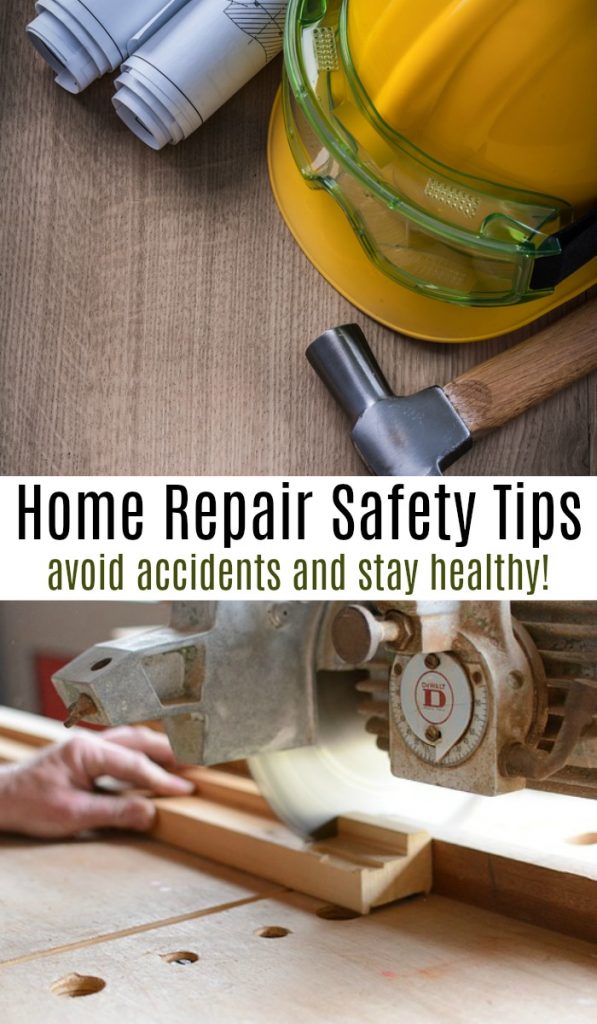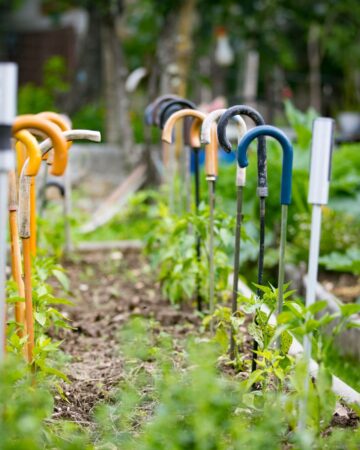Posts feature partner companies & may be sponsored. Post contains affiliate links & I will be compensated if you make a purchase after clicking on links. As an Amazon Associate I earn from qualifying purchases.
Last Updated on February 16, 2020 by Diane Hoffmaster
My husband and I bought a house that didn't require too many repair projects. However, that was 15 years ago! Now that things are starting to break regularly, knowing a few key home improvement safety tips if vital. Last weekend, we tackled an electrical project (which always makes me a bit nervous!) and we still have a long list of home repair projects to tackle. If you are planning on grabbing your tools this weekend, check out my post on common home repair fails and keep reading for important home repair safety tips!
Table of Contents
Home Improvement Safety Tips
When you work on a project, do you get so involved in what you’re doing that you tune out the world? Sometimes when working on something we get so absorbed in it that we push aside being safe. This is obviously very dangerous and can result in a long visit to the urgent care clinic. Below are some home improvement safety tips you should keep in mind when working on any DIY project.
Have a clean and organized work area
Injuries can occur if your work area is cluttered. Suppose you wanted to cut a piece of wood but you saw that your work area was cluttered. You decide that you can cut the piece of wood without having to clean up and your hand slips and/or the wood falls. You could then accidentally slice your hand open and have to head to the hospital for stitches.
Having a clean and organized place to work helps to prevent injuries from occurring. Ensure that the next time you’re working on a project, you set aside time to clean and organize your work area. Invest in a garage workbench for a dedicated work area.
Other Home Repair and Safety Posts to Read
- The Most Common Home Accidents and How to Prevent Them
- 20 Fun DIY IKEA Hacks with Paint to Turn Your Home from Drab to Fab!
- Easy Laundry Room Organization Ideas
Use the proper tools for the project
You can’t complete your task safely without the right tools for doing it. If you were trying to cut a piece of wood with a kitchen knife instead of a saw, then you’ll probably find that it isn’t going to work out so well for you. The kitchen knife wouldn’t cut the wood, at least not very well, but you could also cut your hand or hurt yourself in another way.
Using the wrong tool for the project will ensure that you damage the project, the tool, or yourself.
Electricity and water don't go together well
Make sure that when plugging in any power tools or anything that requires electricity, that there isn’t water near. When working on projects, many people have gotten electrocuted because they weren’t aware of what was around them.
Properly store your tools.
Suppose that you just throw all of your supplies into a drawer. You begin looking in that drawer for a pen but you cut your hand on some scissors. Had you placed the scissors in a place where the blade was concealed you wouldn’t have injured yourself. Store your supplies in the proper place to ensure the safety of your supplies and of yourself. Everyone should have their tools organized in a tool storage box for safety.
Use the proper protection.
If you’re working on a big project, whether building a tree house or painting a house, ensure that you’re being properly protected. Are you working with loud tools? Wear some sort of ear protection to protect your hearing. If you’re cutting something like wood or metal, be sure to protect your eyes with plastic goggles.
Without the proper protection, you could be heading to the hospital with a very serious injury. Even if you’ve been fine in the past, you could be doing damage to yourself that you won’t see for a long time to come, like damaging your hearing by not wearing ear protection.
It’s very common for people to get so involved in what they’re doing that they push aside safety. But safety is the last thing you want to ignore. Without it, horrific accidents can happen. Be responsible and ensure that you don’t forget about being safe when working on projects. Safety first!
Have any other home improvement safety tips to share?
Like this post? Pin it for later!

Diane is a professional blogger and nationally certified pharmacy technician at Good Pill Pharmacy. She has two college aged kids, one husband and more pets than she will admit to. She earned her BS in Microbiology at the University of New Hampshire but left her career in science to become a stay at home mom. Years of playing with LEGO and coloring with crayons had her craving a more grown up purpose to her life and she began blogging and freelance writing full time. You can learn more about her HERE.












Leave a Reply